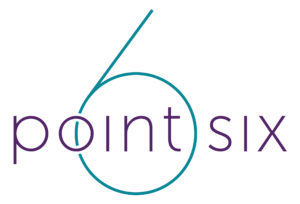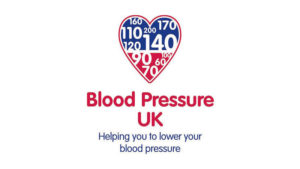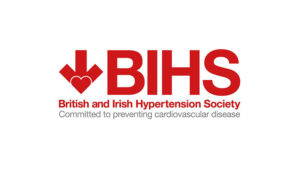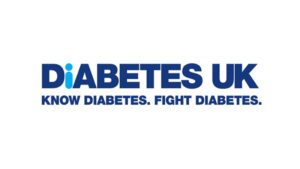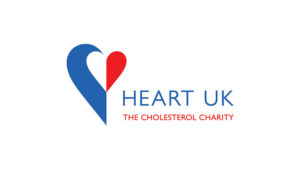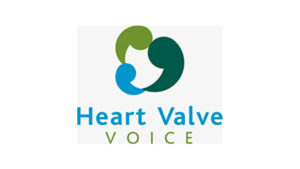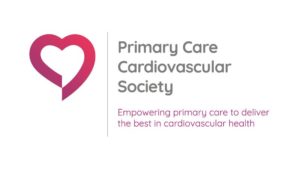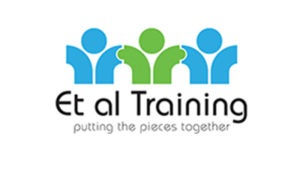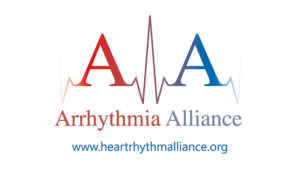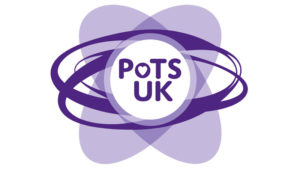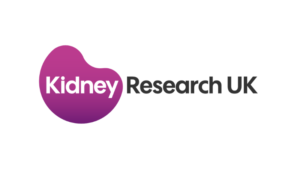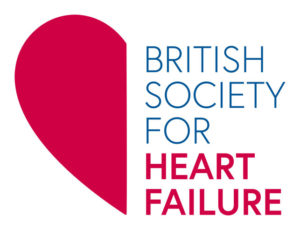Hypertension is a silent, malevolent factor in both cardiovascular and renal disease. Raised blood pressure (BP) rarely causes any symptoms – in fact the presenting symptom of hypertension is too often the heart attack or stroke that is the end result. Diagnosis of prolonged abnormal blood pressure is therefore key in the prevention of a range of long-term conditions. In this article, we will examine the importance of measuring blood pressure correctly before making the diagnosis of hypertension. We will also look at the different levels of blood pressure that constitute a diagnosis of hypertension according to the variety of guidelines that exist.
Dietary fibre – more than just roughage
Dietary fibre is a frequently neglected nutrient, with eight out of ten UK adults eating less than is needed for good health. Most people think of fibre simply as roughage or bran and know that it helps with constipation and bowel disorders, but fibre is far more than this, with a wide range of health benefits. Evidence indicates that eating a fibre-rich diet will not only improve digestive health, but also aid weight loss, help to reduce cholesterol levels, and reduce the risk of certain cancers (including bowel and breast cancer) and type 2 diabetes. It will also boost intake of vitamins, minerals and antioxidants. This review explores the major role of fibre in health and wellbeing and gives practical tips for dietary advice.
Transient ischaemic attack: the ‘funny do’ that is no joke
How do you recognise a transient ischaemic attack (TIA) and how does this differ from a full stroke? In this article, we explore the ABCD2 score, which can be used to identify high- and low-risk TIAs, and the best course of action if a TIA is suspected. A TIA is very often the herald of a more serious and permanent stroke, underlining why it should be acted on as a matter of urgency, and there is an update on the current guidance from NICE and the Royal College of Physicians.
Looking through the window of cardiovascular opportunity at the menopause
Most women think they are at greatest risk of dying from cancer, especially breast cancer, but in fact, women are nine times more likely to die from cardiovascular disease (CVD) than from breast cancer. The menopause has particular significance in CVD risk. In this article we look at what happens to cardiovascular risk at the menopause and opportunities for CVD prevention.
Cardiovascular disease and type 2 diabetes
C-reactive protein as a marker of cardiovascular risk. Chicken, egg or turkey?
Improving patient adherence to prescribed medication for cholesterol management
Implementing the NICE guideline for secondary prevention of MI
High blood pressure: only one number matters for patients over 50
Review calls for greater effort to diagnose and treat peripheral arterial disease
Around one-third of patients with peripheral arterial disease (PAD) fail to receive appropriate antiplatelet treatment, warns a review from an expert panel, which highlights the huge cost of sub-optimal treatment of PAD on the NHS, the economy as a whole and on the individuals affected.


